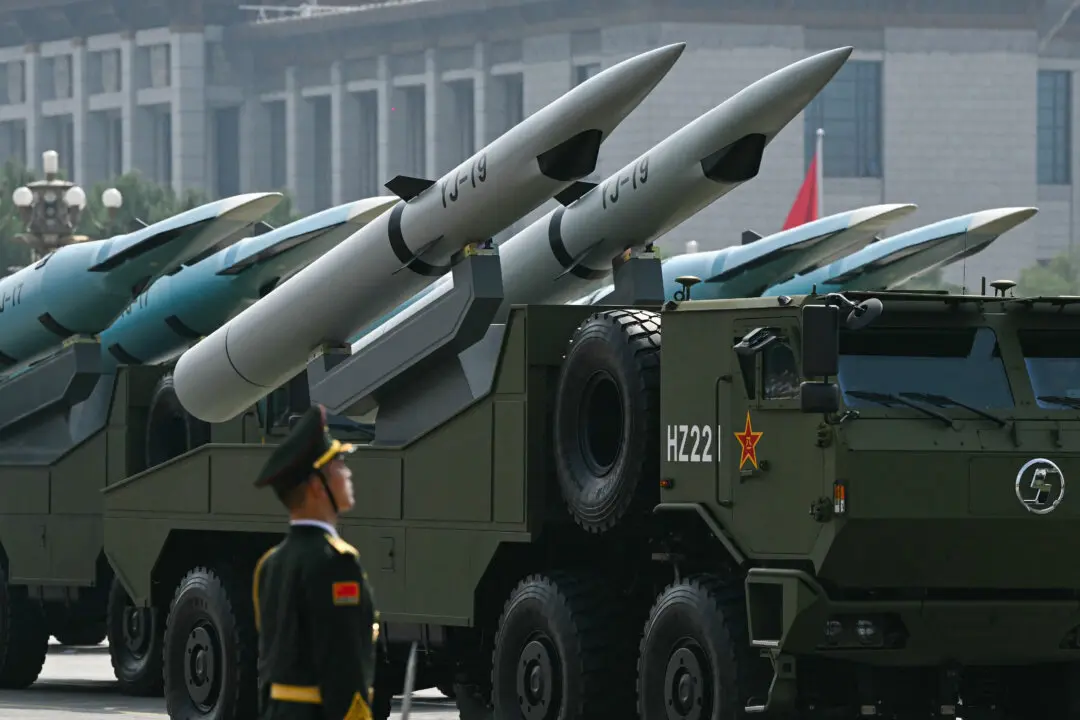The toppling of the Edward Colston statue during a Black Lives Matter protest in 2020 was “violent” and therefore the defendants were not protected by the European Convention on Human Rights (ECHR), the UK’s Court of Appeal ruled on Wednesday.
The ruling does not overturn the acquittal of criminal damage charges against the four defendants.





